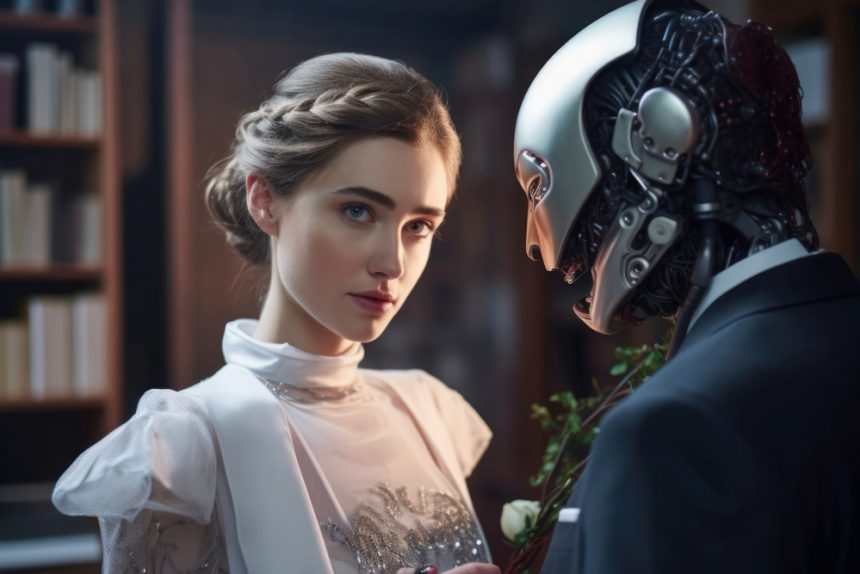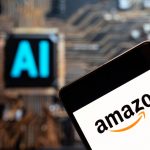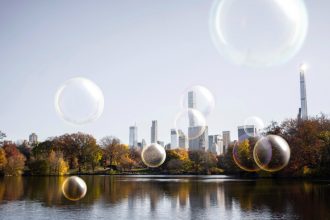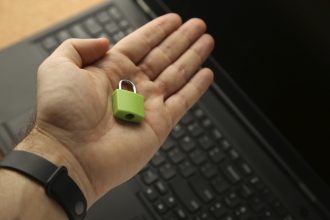Artificial intelligence is no longer confined to data analysis, logistics, or industrial automation. Over the past few years, it has decisively entered fields that were once thought to be the exclusive domain of human imagination. From visual arts to scriptwriting, and from fashion design to film editing, AI is reshaping the landscape of creative work. While some professionals embrace AI as a collaborator that expands their possibilities, others view it as a disruptive force that threatens the very essence of human creativity. To understand this transformation, we can look at real-world applications across creative industries and examine both the opportunities and challenges they bring.
How Artificial Intelligence Is Reshaping Creative Professions
AI as a Tool for Artists and Designers
Visual artists have been among the first to experience the wave of AI-driven tools. Applications like DALL·E, Midjourney, and Stable Diffusion allow anyone to generate high-quality, sometimes stunning, images with textual prompts. Major design studios now use these tools to rapidly explore concepts before assigning illustrators to refine the visuals. For instance, the video game industry has integrated AI for concept art generation, allowing studios to test dozens of aesthetic directions in a fraction of the time.
Yet, this very efficiency generates tension. Professional illustrators have filed lawsuits and spoken out against their work being used to train AI models without consent. The debate over authorship—and whether AI-generated images dilute or exploit the original creative labor of human artists—remains ongoing.
AI in Music and Sound Design
Music is another field where AI has shown surprising capability. Platforms like AIVA and Amper Music enable film producers, advertisers, or even small-scale YouTubers to create custom background music automatically. For indie creators and small companies with limited budgets, this opens the door to professional-sounding scores that once required expensive commissions.
At the same time, musicians argue that relying heavily on generative AI risks homogenizing sound and devaluing expertise. Some well-known producers, however, have chosen collaboration rather than confrontation: for example, electronic musicians have used AI software to create variations of beats, then layered human improvisation on top to achieve unique hybrids.
Writing and Script Development
AI is also changing how stories are written. Script assistants like ChatGPT or Jasper are used in advertising agencies to suggest slogans, first drafts, and campaign copy. In Hollywood, producers have tested AI for drafting alternate storylines or dialogues to speed up brainstorming sessions. Netflix, for instance, has employed AI analytics not only for recommendation engines but also to evaluate which types of narratives might resonate with audiences, turning AI into a background decision-making tool that guides creative development.
However, this raises concerns. During the 2023 Hollywood writers’ strike, one of the key issues discussed was the fear of AI partially replacing screenwriters for routine tasks. Writers expressed concern not only about employment stability but also about protecting originality, narrative quality, and cultural nuance.
Real Case Studies Across Creative Fields
Visual Arts and Illustration: The Rise of AI Galleries
Some art galleries have begun showcasing AI-generated work. In 2018, Christie’s auctioned “Portrait of Edmond de Belamy,” an AI-produced painting, for over $400,000, sparking heated debate. While some hailed it as a novel art form, others criticized it as lacking human intention. Meanwhile, professional illustrators discovered clients opting for AI-generated alternatives at lower costs, intensifying the anxiety about livelihoods.
Fashion Design: Virtual Collaborations
In fashion, companies like Tommy Hilfiger and Gucci have experimented with AI-assisted designs. By analyzing current fashion trends, AI can suggest patterns, colors, or silhouettes that align with consumer preferences. Smaller brands also use AI to generate mockups of collections for pitch presentations, significantly reducing the prototyping phase. Yet, designers argue that such algorithmically-driven insights risk flattening diversity by prioritizing what is already popular, leaving less room for innovation.
Advertising and Marketing: Efficiency Meets Originality
AI-driven customization is transforming advertising. Coca-Cola recently used an AI campaign that invited consumers to generate artwork using AI tools, which was later used in their branding. This interactive approach boosted customer engagement while showcasing how automation can personalize large-scale marketing. However, creative agencies that once thrived on ideation now face the challenge of differentiating their human touch from machine-generated proposals.
Film Production and Editing: A Hybrid Future
On movie sets, AI systems have assisted in digital de-aging actors (as seen in the Marvel Cinematic Universe) and generating realistic special effects with less manual post-production work. Video editing software now incorporates AI that automatically synchronizes footage, color-corrects, or even assembles rough cuts. This reduces repetitive labor, freeing editors to concentrate on creative decision-making. But critics warn of potential job cuts for assistant editors and junior roles, long considered stepping stones into the industry.
Game Development: AI for Expansive Worlds
Game studios have embraced AI not only for concept art but also for procedural level generation. For instance, Ubisoft has experimented with an AI tool named Ghostwriter, designed to create background dialogue for non-playable characters. While this reduces production bottlenecks, some writers worry it could reduce demand for creative contributors. Still, others see potential: AI could handle repetitive filler while human writers focus on central story elements, creating deeper, richer narratives overall.
Opportunities and Challenges
The examples above highlight a central paradox: AI lowers barriers for individuals and small teams, enabling them to create at scales previously reserved for large corporations, yet it also disrupts traditional value chains and threatens to commodify skills.
Opportunities include:
- Accessibility: Untrained individuals can now participate in visual arts, music, or film creation.
- Productivity: Creative professionals save time on repetitive or technical tasks.
- Innovation: Hybrid workflows allow the exploration of previously unimaginable forms of expression.
Challenges include:
- Authorship and ownership: Who owns an AI-generated painting—the algorithm, its developers, or the person who typed the prompt?
- Job security: Many creative workers fear replacement, especially in entry- or mid-level roles.
- Cultural and artistic integrity: Heavy reliance on AI risks producing derivative or homogenized outputs.
- Legal and ethical frameworks: The use of copyrighted materials to train AI raises urgent questions of fairness.
Collaboration or Competition?
What emerges from studying different industries is that AI’s impact is not uniform. In some cases, such as advertising and early-stage design, AI is rapidly embraced as a partner. In others, like music composition or narrative writing, professionals resist automation to preserve the depth and meaning of human expression. The most likely trajectory is hybrid: humans and machines collaborating, where AI provides speed, variation, and efficiency, and humans bring taste, cultural sensitivity, and emotional resonance.
Artificial intelligence has undeniably become a disruptive force in the creative industries, reshaping professions and redefining what it means to create. From AI-assisted concept art in games to algorithmic music generation in films, the landscape of creativity has grown both more accessible and more contested. For professionals, the challenge lies in adapting—learning to use these tools as extensions of their craft rather than threats to it. Ultimately, human creativity may not disappear but instead transform into new forms where originality is measured not by solitary genius, but by the ability to collaborate with intelligent systems.
The future of creativity will likely be neither entirely human nor entirely machine-driven. It will exist in the dynamic tension between inspiration and automation, a space where artists, designers, musicians, and storytellers will continually renegotiate their roles while exploring unexplored creative frontiers.












